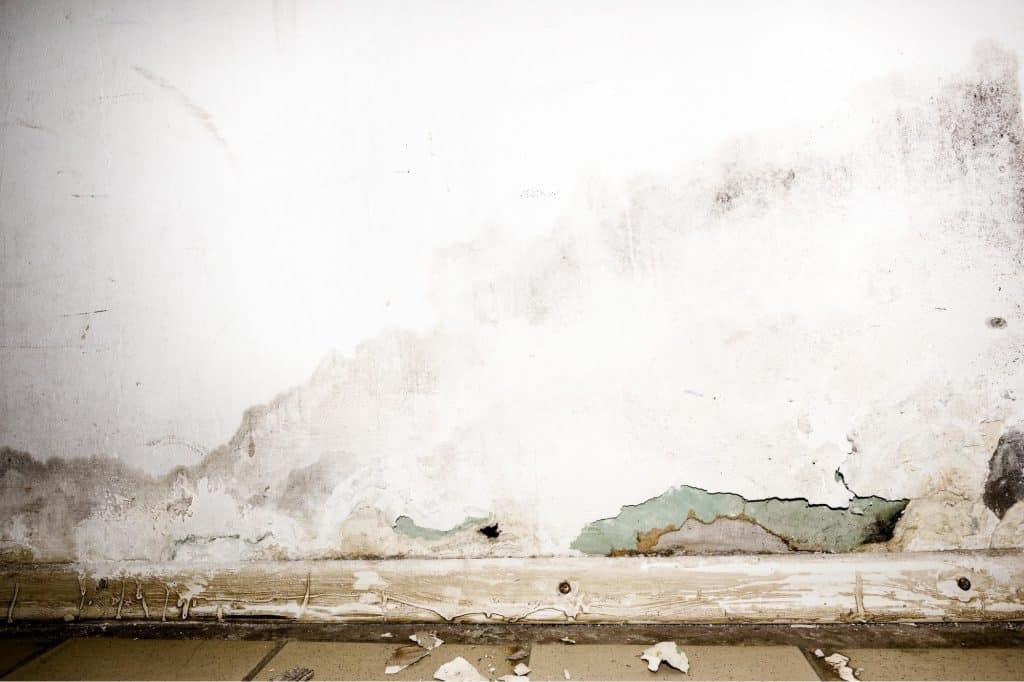Basement waterproofing failures – how not to waterproof a basement
Waterproofing a basement is a fun activity and presents lots of challenges. There was a time when it was purely a job for specialists. The waterproofing materials were expensive and required trade skills like plastering to use. They also needed specialist preparation like shot blasting or needle gun work.
Cavity drain membranes have changed that aspect of basement waterproofing. They are cheap, easy to apply, quick and they offer unrivaled robustness in use – you have to get the work very wrong to end up in trouble.
However, getting it wrong is not that uncommon in the construction industry. Add the growth of internet shops, selling basement waterproofing products to DIY enthusiasts and builders and it’s easy to see why basement waterproofing failures are on the increase.
However, the odd torn membrane, loose fixing plug or tape is inevitable and won’t lead to problems unless you are very unlucky..
Take a closer look at the image above though (just click it). Believe it or not this was taken on a substantial premium job in North Yorkshire. I was on site looking at waterproofing a concrete deck over a new semi-submerged basement, scheduled to become a games room and double garage for our well healed client.
The client saved some money using his own builder to do the ‘easy’ internal type C membrane work; the tricky external decking and green roof was awarded to my little firm though (very sensible).
I like to visit site and see how my guys are getting on; wondering down the stairs to have a look around I noticed the floor already had a 20mm stud depth membrane on it, with drainage channels around the edges. Walking on it I was aware of a loud ‘popping’ sound underfoot. It was a bit like walking on bubble wrap. Lifing the edge I was amazed to find this layer of ‘kingspan’ insulation.
Of course we all know that the space under the floor membrane must be kept open and free of any blockage, otherwise water will not flow, a head of water will build up and the system will fail.
I could have walked away, it wasn’t my job to supervise the client’s builder or design his basement waterproofing, my role was to waterproof patio on top of the basement, not the basement itself. My duty of care kicked in of course; basement waterproofing failures make the entire industry look bad and my client would have lost time and money so, the material was removed and a thin screed applied to do the job of raising the membrane level over the shallow (engineering issue), drainage channels.
Type C waterproofing looks simple and it is – but without training and certification it is too important a job to leave to chance.
Had the Architect used a Waterproofing design specialist with CSSW and an experienced contractor, it would have raised the initial cost by maybe a couple of thousand pounds. As it stands disaster, adding to the growing list of basement waterproofing failures was avoided – by chance, because a CSSW surveyor happened to be feeling a bit nosy.

